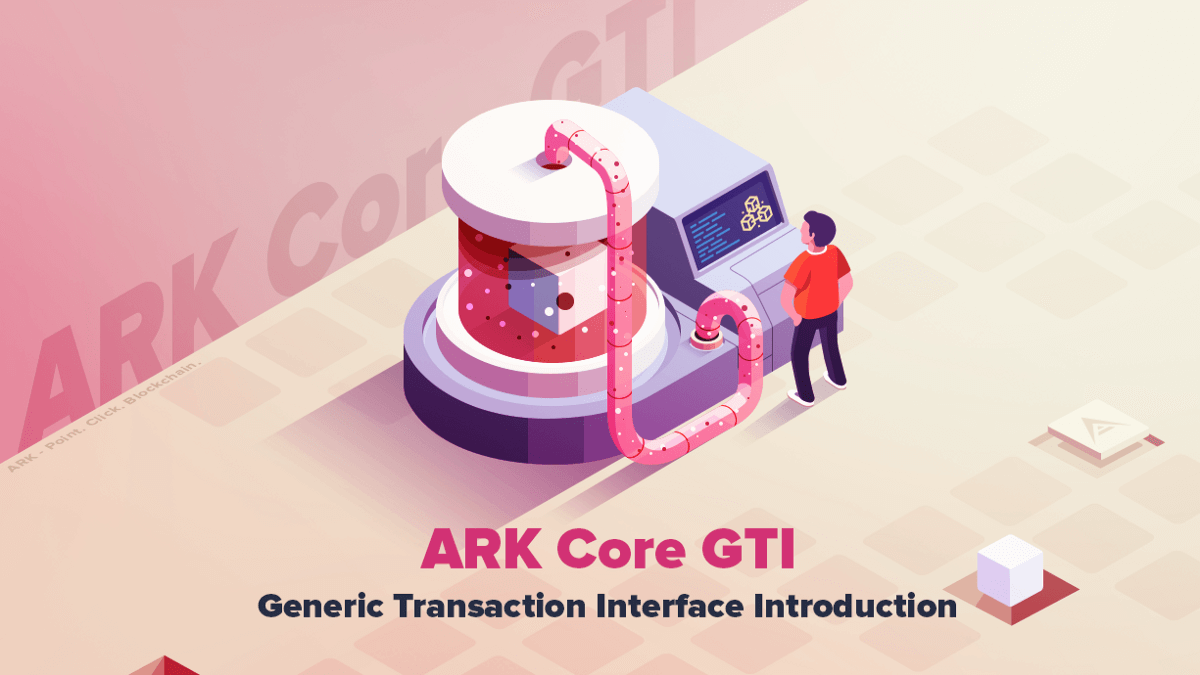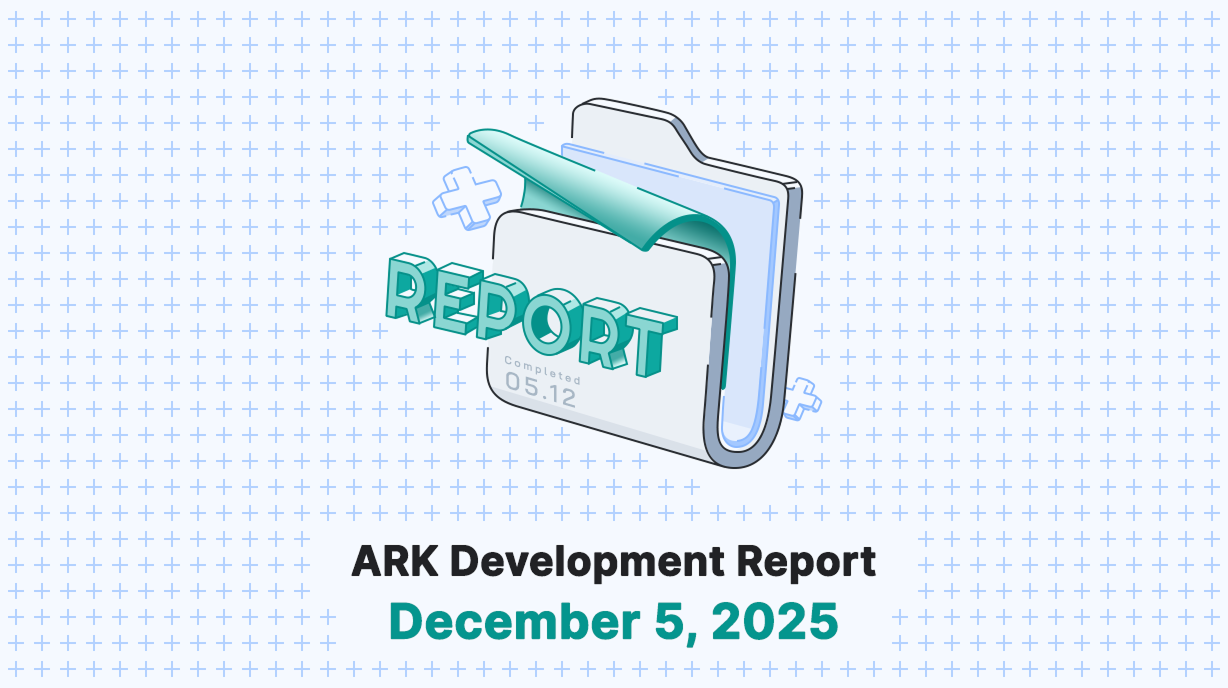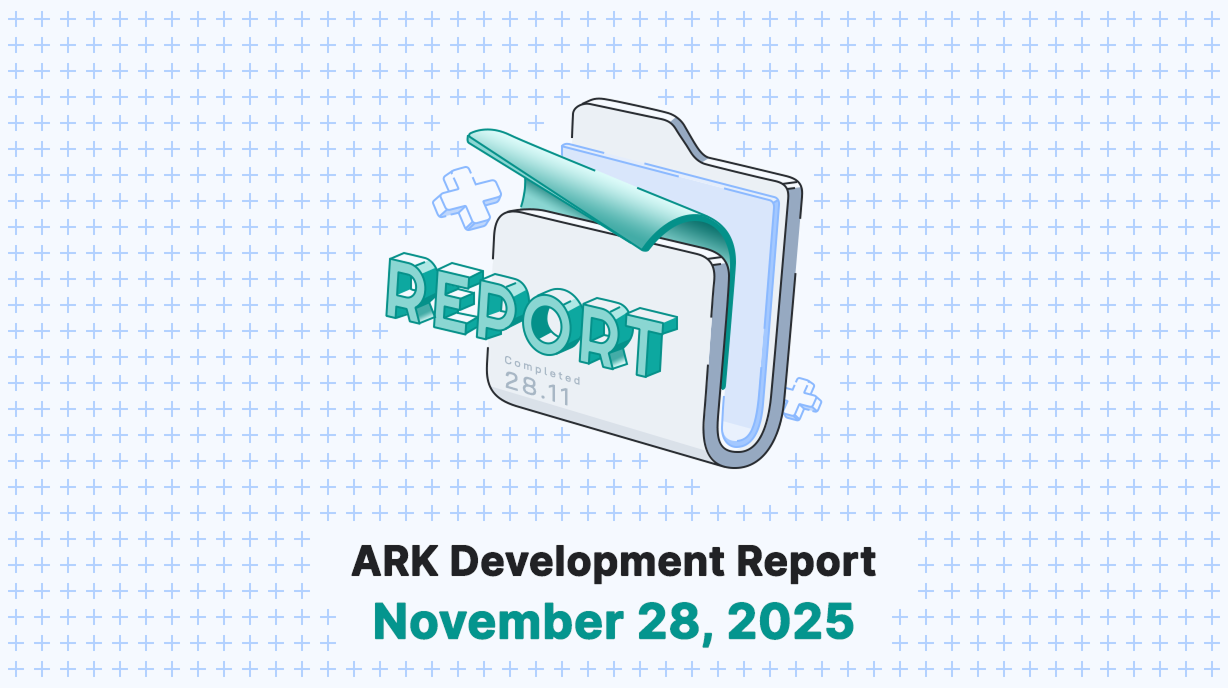ARK Core v2.6 is in the final stages of development and before we start extensive testing on our Development Network, we want to give you a basic overview a major feature that our developers have extensively been working on for the past few months. We feel these changes will forever alter the landscape of the ARK Ecosystem and we want to show you why we feel this approach can be a great alternative to conventional Smart Contracts and make it easier for bridgechains to integrate their application logic via new custom transaction types supported by our Generic Transaction Interface, GTI for short.
The basic premise of GTI is to provide an easy way to implement and include new transaction types in the ARK Core without the need to tediously modify parts of the Core (which can become very complex). It can be as simple as including pre-defined templates depending on the use case of the blockchain or re-using already present types and modifying their parameters to introduce brand new ones.
With putting some logic behind custom transaction types we feel this is a much better and more powerful approach to develop use-cases than conventional smart contracts, which are now mainly used for distribution of tokens on a network. Smart contract tokens usually result in bloating or slowing down the network they live on and as time passes and more tokens are issued it becomes a congested mess (think of this as a highway, putting more and more vehicles on the same road that has a specific number of lanes will slow travel time and congest it, sometimes completely halting traffic).
GTI is also part of the plan for the introduction of new transaction types that we are integrating into Core v2.6, as defined in AIP 11 , AIP 18 , AIP 102 and AIP 103 . In short, introduction of Schnorr’s multi-signatures, hash-timelock(HTLC), multi-payments, delegate resignation, and IPFS hash transaction types. Other new types (specifically bridgechain/business registration) will also benefit the wider ARK Ecosystem as they are a precursor to the upcoming ARK Marketplace.
GTI was designed to help ARK Ecosystem developers and bridgechain operators streamline and speed up implementation of transaction types as well as to make them easier to code and more maintainable. If you want to check how it’s done in practice, look at real-world implementations of our base transaction types (transfer, vote, delegate registration).
By using AIP-29 you will be able to follow a streamlined process of creating and securing a custom transaction type, that can be deployed to any ARK based bridgechain.
To learn more (technical) and in-depth about GTI read AIP-29 at: https://github.com/ArkEcosystem/AIPs/blob/master/AIPS/aip-29.md
Over time we’ll be adding custom templates for anyone to use as we anticipate to have a wider community of bridgechains involved with helping us providing new, powerful transaction types.
Custom templates open a set of new ARK usage options towards expansion into popular code-editors where new transaction types can be introduced with predefined snippets via code generators and IDE modules. Most of the repeated code will be generated/inherited, developers will only need to add their business logic inside specified and reserved methods (see AIP-29 guidance).
New transaction types go hand in hand with the new functionalities of the ARK Deployer . The Deployer serves as the primary vehicle for building, deploying, and managing blockchains. Deployer users will be able to select and register a new bridgechain, and pre-select the set of modules included in the bridgechain launch (including a selection of predefined transaction templates that our ecosystem will provide in the future). We are already working on an upgraded version of Deployer which will bring one-click deployment options to most prominent hosting providers such as Digital Ocean, AWS and more.
We are extremely optimistic and very intrigued to witness the future growth of the new transactions types that will be tailored for different business and niche segments covering everything from the Internet of Things, Gaming, Governance, Supply Management and more.
In the blog post that will be released later this week, we’ll show you just how easy is to create new transaction types based on an example with an extensive walk-through. The blog post will be a continuation of Part 1 — The Introduction To Blockchain Development with ARK, where we addressed the building of distributed blockchain application in general.




